Chances are good that you, or a coworker, have encountered a browser message that caused quite a panic. It may have said:
WARNING! YOUR COMPUTER MAY BE INFECTED! System detected potentially malicious viruses. To Remove Viruses, Call Tech Support Online Now: ############. The message also shows my IP address and service provider information
or,
Your device has been locked, due to security reasons. You may have malware on your machine.
or,
Please contact microsoft technicians to rectify the issue. Please do not open internet browser for your security issue to avoid data corruption on your registry of your operating system. Please contact microsoft technicians at: ##########
These are instances of hijacked browsers. The difference between a hijacked browser and ransomware is that you can easily recover from a hijacked browser. Ransomware encrypts files on your machine and holds the encryption key ransom, eliminating access to your files unless you have a backup to restore or decide to pay the ransom. A hijacked browser seemingly locks your browser, and may change some browser settings, but does not impact your files beyond your active web browser. The intent of a hijacked browser is to trick you into calling the number listed in the pop-up, or click on a link in the pop-up.
What did you click to make your browser get hijacked? You likely clicked on an advertisement or a link with good intent, but were foiled by false appearances. I recently clicked on a link in a help forum that promised a solution to the issue I was experiencing with my software; the link instead popped up a notice that my computer was infected and directed me to call a support phone number. The message was accompanied by some ominous sound effects.
On my Mac, I used the “force quit” tool under the Apple to quit my browser. I held down the shift key on my keyboard when I relaunched my browser to clear past sessions and open cleanly. The scary message was gone; I visited the settings of my browser to clear my cache and cookies from my recent visit for good measure, checked to make sure my default search engine and extensions were untouched, and then I was able to resume my search for a software fix.
On a Windows machine, you can use task manager to quit hijacked web browsers. Right click on your task bar to open task manager, and kill the affected browsers that are running in the processes tab. You can also type taskmgr in the run box to open task manager. Again, once you have cleared the locked browser, you may need to clean some browser settings. We recommend clearing your cache and cookies, checking your home page and new tab settings, and checking your default search engine.
